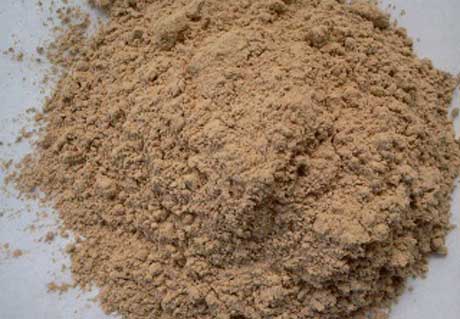In the early days, there were two methods of gunning: dry and wet. In the early days, gunning construction was only used on converters, and later it was gradually applied to blast furnace bodies, torpedo tank cars, electric furnaces, ladles, vacuum degassing devices, etc. Among them, dry gunning, which has advantages, has been widely used. However, dry gunning has disadvantages such as dust, large rebound, and poor performance of the construction body. Therefore, semi-dry (also called semi-wet) gunning technology was developed to obtain a construction body with low moisture and high filling properties, and it has the advantages of no dust during construction and high gunning material adhesion rate, so it was quickly promoted and applied. In addition, carbon-bonded gunning materials with high corrosion resistance and high adhesion strength have also been developed, which will also be widely used in the future.
At present, gunning materials are the most common repair materials, and this situation may not change in the future. The reason for the large-scale use of gunning materials is that they can be constructed at any temperature from normal temperature to high temperature, and the operation is also very simple.
Gunning construction methods can be divided into dry method, semi-dry method and wet method according to the way the materials are delivered.
The dry method is a method of delivering dry powder without water and adding water at the nozzle.
The semi-dry method is a method of delivering powder with some water and adding the remaining water at the nozzle.
The wet method is a method of delivering mud with added water.
The key to gunning technology is to have a set of spraying devices that can operate normally. Different devices are used for spraying different materials, and their performance and parameters are also different.



